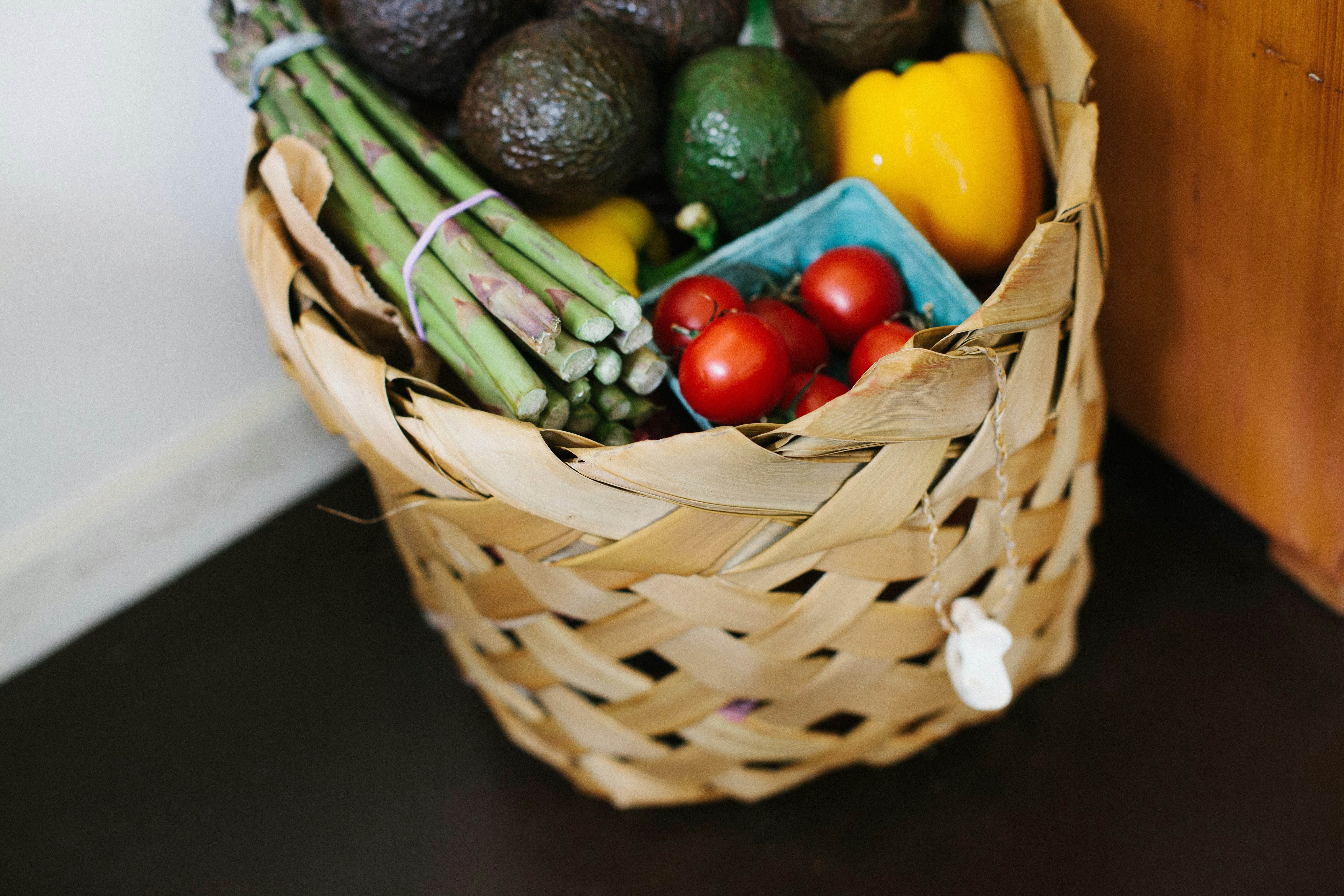
The following is an excerpt from Stephen Harrod Buhner’s The Secret Teachings of Plants.
One of our greatest fears is to eat the wildness of the world.
Our mothers intuitively understood something essential: the green is poisonous to civilization. If we eat the wild, it begins to work inside us, altering us, changing us. Soon, if we eat too much, we will no longer fit the suit that has been made for us. Our hair will begin to grow long and ragged. Our gait and how we hold our body will change. A wild light begins to gleam in our eyes. Our words start to sound strange, nonlinear, emotional. Unpractical. Poetic.
Once we have tasted this wildness, we begin to hunger for a food long denied us, and the more we eat of it the more we will awaken.
It is no wonder that we are taught to close off our senses to Nature.
Through these channels, the green paws of Nature enter into us, climb over us, search within us, find all our hiding places, burst us open, and blind the intellectual eye with hanging tendrils of green.
The terror is an illusion, of course. For most of our million years on this planet human beings have daily eaten the wild. It’s just that the linear mind knows what will happen if you eat it now.
But we’ve gone astray with this, distracted from our task. Still, it’s a good reminder. When your hair begins to grow long and you think strange thoughts, sometimes you will wonder what is happening and will become afraid.
In Nature, human markers fade, lose significance. It takes awhile to learn the old markers again, to see the path that ancient humans took before us. In kindness, learn how to comfort yourself, to hold yourself as you would a child that is afraid of the light. (I suppose you could learn the poisonous plants first if you need to; there aren’t very many.) For on this journey, you mostly have yourself for company.
It helps if you become your own best friend
and find out what is true about all this for yourself.
Open the door and take a look around outside.
The air is shining there,
and there are wonders,
more wonderful than words can tell.





